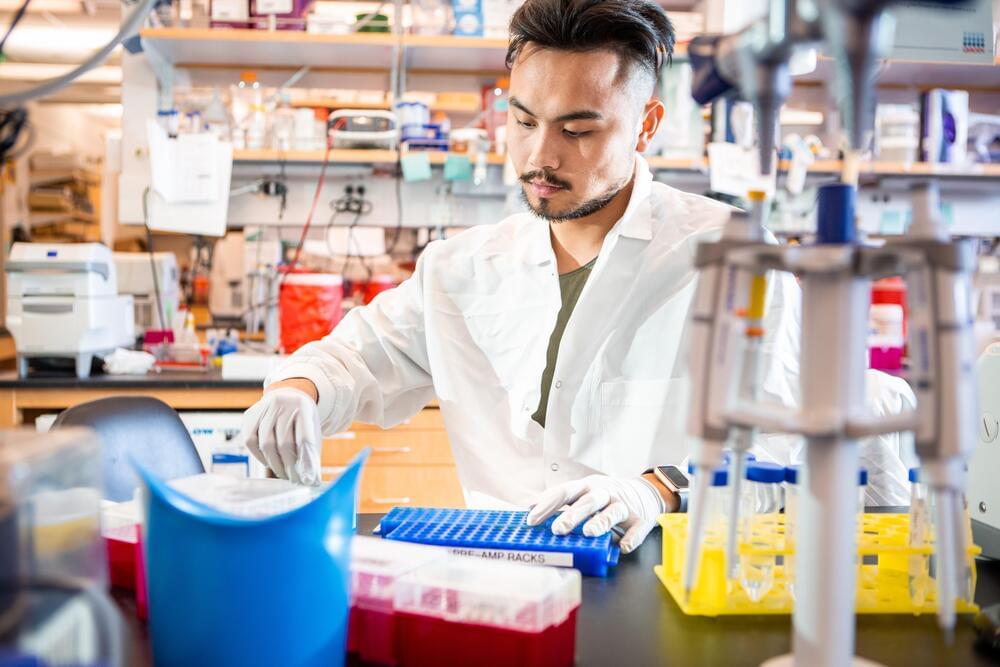Brain cells receive sensory inputs from the outside world and send signals throughout the body telling organs and muscles what to do. Although neurons comprise only 10% of brain cells, their functional and genomic integrity must be maintained over a lifetime. Most dividing cells in the body have well-defined checkpoint mechanisms to sense and correct DNA damage during DNA replication.
Neurons, however, do not divide. For this reason, they are at greater risk of accumulating damage and must develop alternative repair pathways to avoid dysfunction. Scientists do not understand how neuronal DNA damage is controlled in the absence of replication checkpoints.
A recent study led by Cynthia McMurray and Aris Polyzos in Lawrence Berkeley National Laboratory’s (Berkeley Lab’s) Molecular Biophysics and Integrated Bioimaging Division addressed this knowledge gap, shedding light on how DNA damage and repair occur in the brain. Their results suggest that DNA damage itself serves as the checkpoint, limiting the accumulation of genomic errors in cells during natural aging.
